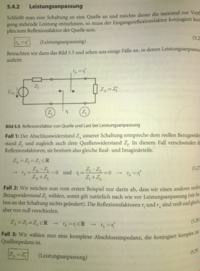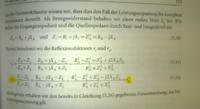pancho_hideboo
Advanced Member level 5
- Joined
- Oct 21, 2006
- Messages
- 2,847
- Helped
- 767
- Reputation
- 1,536
- Reaction score
- 733
- Trophy points
- 1,393
- Location
- Real Homeless
- Activity points
- 17,490
See https://www.designers-guide.org/Forum/YaBB.pl?num=1266403928/#10For example when I'm seeing a talk on RFPA design and someone suggests that reflection coefficient Γ at the gate of a FET should be zero,
and shows the equation Γ=(Zs-Zin)/(Zs+Zin), they're just wrong.
Gamma_V=(Zs-Zin)/(Zs+Zin)
Gammp_P=(Zs-conj(Zin))/(Zs+Zin)
Gamma_V=0 means non-distortion matching.
Gamma_P=0 means power matching(=conjugate matching) condition, however output waveform is distorted unless input signal is single frequency sinusoidal.

